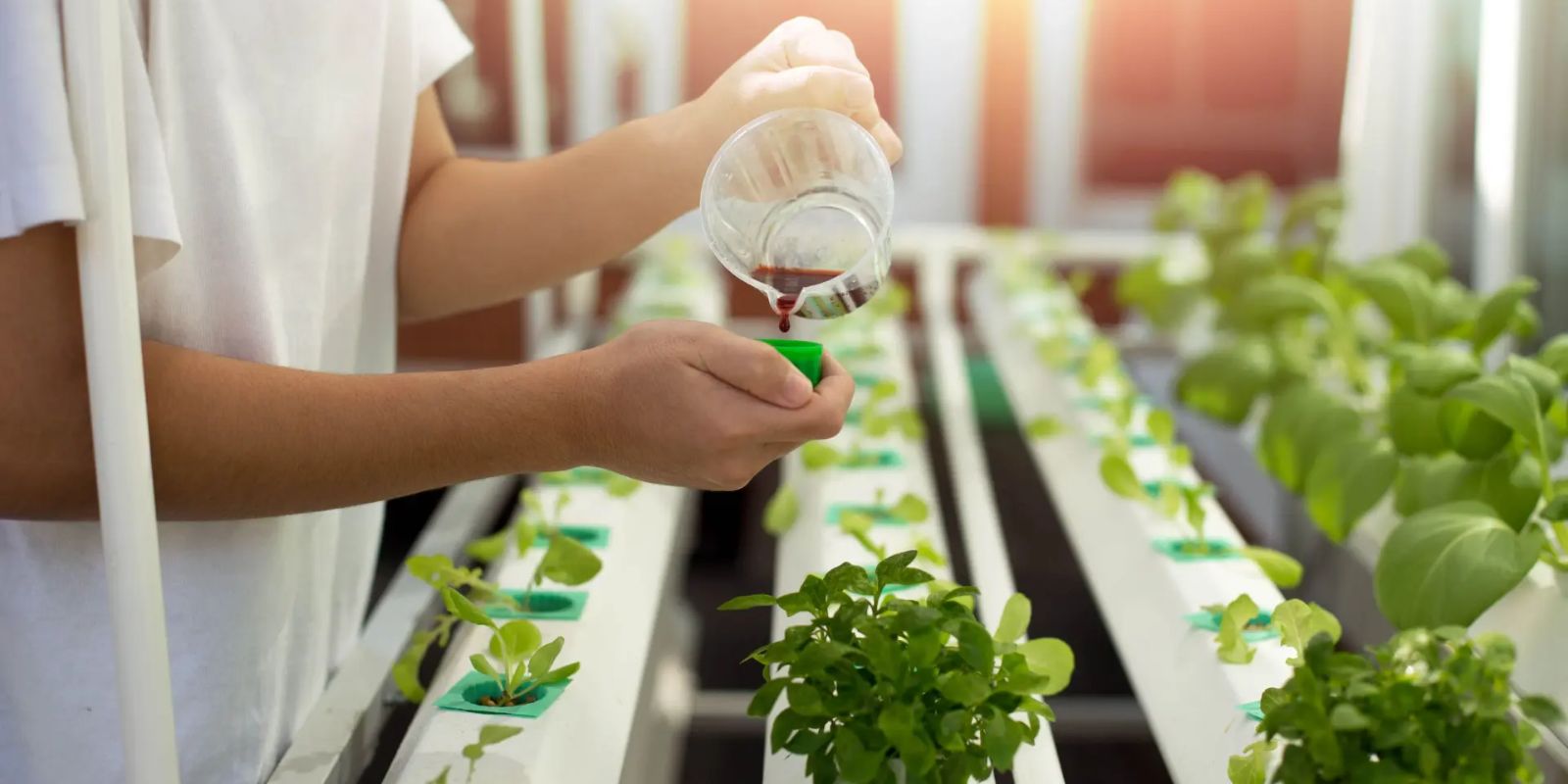Introduction
Fertilizing vegetable plants is a cornerstone of successful gardening. Proper fertilization provides essential nutrients that support vigorous growth, robust fruit development, and overall plant health. Understanding how and when to fertilize can dramatically enhance the productivity and quality of your vegetable garden. This guide delves into the fundamentals of fertilizing vegetable plants, offering practical tips and techniques to help you achieve a thriving garden.
Why Fertilize Vegetable Plants?
Vegetable plants require a variety of nutrients to grow and produce a bountiful harvest. Key nutrients include:
- Nitrogen (N): Promotes healthy leaf and stem growth.
- Phosphorus (P): Supports strong root development and enhances flowering and fruiting.
- Potassium (K): Improves overall plant health, disease resistance, and fruit quality.
Fertilizing ensures that your plants receive these nutrients in the right amounts, helping them to thrive and produce high yields.
Choosing the Right Fertilizer
Selecting the appropriate fertilizer is crucial for meeting the specific needs of your vegetable plants:
1. Balanced Fertilizers
- Description: Balanced fertilizers have equal ratios of nitrogen, phosphorus, and potassium (e.g., 10-10-10). These are suitable for general use and support overall plant growth.
- Use: Ideal for young plants and general maintenance.
2. Specialized Fertilizers
- Description: Fertilizers tailored for specific plant types, such as high phosphorus for fruiting vegetables or high nitrogen for leafy greens.
- Use: Apply based on the specific needs of your vegetables. For example, tomatoes benefit from higher phosphorus levels to promote fruit development.
3. Organic vs. Synthetic Fertilizers
- Organic Fertilizers: Made from natural materials like compost, manure, and bone meal. They improve soil health and provide a slow release of nutrients.
- Synthetic Fertilizers: Chemically formulated for quick nutrient availability. They offer immediate results but may require more frequent applications.
4. Slow-Release vs. Liquid Fertilizers
- Slow-Release Fertilizers: Gradually release nutrients over time, reducing the need for frequent applications.
- Liquid Fertilizers: Provide immediate nutrient uptake and can be used for quick boosts, but may need to be applied more often.
When to Fertilize Vegetable Plants
Timing your fertilization is critical for optimal results:
1. Pre-Planting
- Soil Preparation: Incorporate a balanced or organic fertilizer into the soil before planting to provide a nutrient-rich foundation.
2. Growing Season
- Initial Growth: Fertilize when plants are actively growing, typically in spring and summer.
- Ongoing Feeding: Apply fertilizer every 4-6 weeks during the growing season, adjusting based on plant type and growth stage.
3. Avoid Winter Fertilization
- Dormant Period: Most vegetable plants do not need fertilization during winter. Excess nutrients can leach away or harm the plants.
How to Apply Fertilizer
Proper application ensures that your plants receive the right amount of nutrients:
1. Granular Fertilizers
- Application: Spread granular fertilizers evenly over the soil surface and lightly incorporate them into the topsoil. Water thoroughly to help nutrients penetrate the soil.
- Frequency: Apply according to the manufacturer’s instructions and the specific needs of your plants.
2. Liquid Fertilizers
- Application: Mix liquid fertilizers according to the instructions and apply them directly to the soil or as a foliar spray. Ensure even coverage.
- Frequency: Use liquid fertilizers for quick nutrient boosts or as needed based on plant growth and health.
Common Fertilization Mistakes to Avoid
1. Over-Fertilizing
- Signs: Leaf burn, excessive foliage growth, and poor fruit development can indicate over-fertilization.
- Solution: Stick to recommended application rates and avoid applying too much fertilizer at once.
2. Inconsistent Feeding
- Consequences: Irregular fertilization can lead to uneven growth and reduced yields.
- Solution: Maintain a consistent feeding schedule and monitor plant responses to adjust as needed.
3. Neglecting Soil Health
- Importance: Healthy soil supports better nutrient uptake and overall plant health.
- Solution: Regularly test soil and incorporate organic matter to improve soil fertility and structure.
Enhancing Fertilization with Other Care Practices
1. Proper Watering
- Consistent Moisture: Ensure plants receive adequate water, as it helps with nutrient absorption and reduces the risk of fertilizer burn.
- Avoid Over-Watering: Ensure good drainage to prevent waterlogging, which can affect root health and nutrient uptake.
2. Mulching
- Benefits: Apply mulch to retain soil moisture, regulate temperature, and reduce nutrient leaching. This helps plants better utilize fertilizers.
- Types: Use organic mulches like straw, leaves, or compost.
3. Pest and Disease Management
- Monitoring: Regularly check for pests and diseases that can impact plant health and nutrient uptake.
- Management: Address issues promptly to prevent damage and ensure optimal growth.
Conclusion
Fertilizing vegetable plants is essential for achieving a healthy and productive garden. By choosing the right fertilizer, applying it correctly, and adhering to a consistent feeding schedule, you can support vigorous growth and maximize your harvest. Avoid common mistakes, and integrate good watering, mulching, and pest management practices to further enhance your gardening success.
What are your favorite fertilization strategies for vegetable plants? Share your tips and let’s grow a thriving vegetable garden together! 🌿

